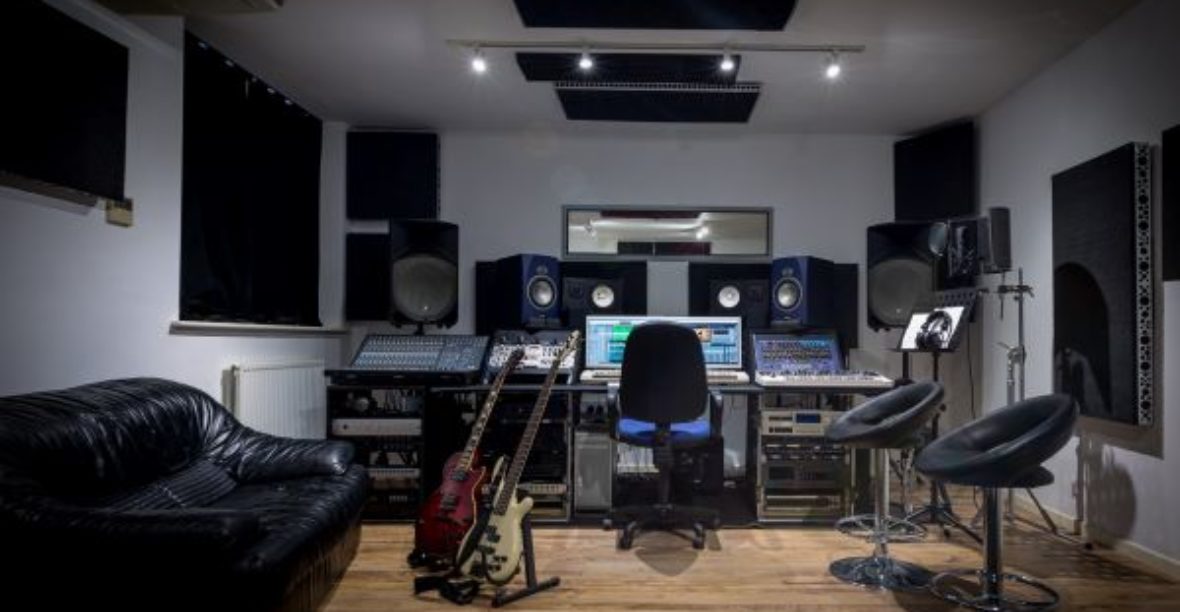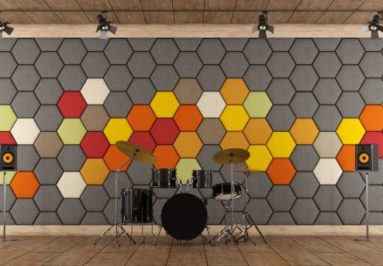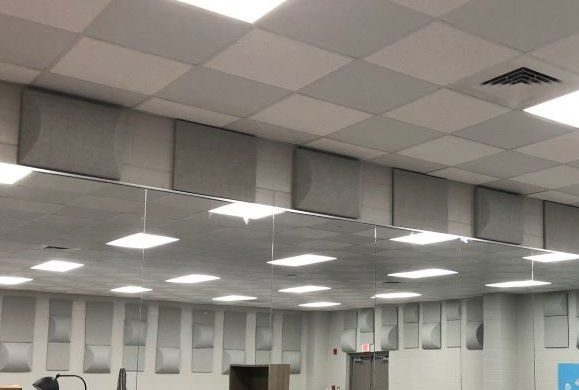If you’re not familiar with the term “Acoustic Wall Panel”, maybe you’ve heard the term “sound absorbing panel” or “absorption panel”, or if you’ve never heard any of those terms, you’ve probably at least seen an acoustic panel and just not known what it was. If you’ve been in a restaurant, you’ve probably caught a glimpse one, because many restaurants require some sort of echo reducing materials to keep the dining room acoustically comfortable. Otherwise, if you have friends in the recording industry, the will almost always use acoustic panels in their recording studios to improve the sound quality of their recordings. So when would you need to use acoustic wall panels in your space?
Using Acoustic Wall Panels
Sound absorbing panels should be used if the reverb time in your space is higher than the target reverb time specified or desired for that space. In other words, it is necessary to use acoustic panels when the level of echo in a space is too high, and negatively impacts speech intelligibility (being able to understand one anther during a conversation or speaking engagement).
For reference, reverb time is the amount of time it takes for the sound waves to stop bouncing off the surfaces in a room from when an impulse noise is made (a clap or yell). Sound bouncing off of reflective or non-absorptive surfaces is what creates the echo in a space.
How Sound Absorbing Panels Work
As you may have gathered, acoustic wall panels are used for absorbing the excess sound waves that would otherwise bounce off the walls, or reverberate, and create echo. Sound absorbing panels have an NRC, or Noise Reduction Coefficient, between 0-1, which lets you know what percentage of sound is absorbed and what percentage is reflected. For example, 1” thick sound panels have an NRC of 0.8, so they absorb 80% of sound, and reflect the other 20%.
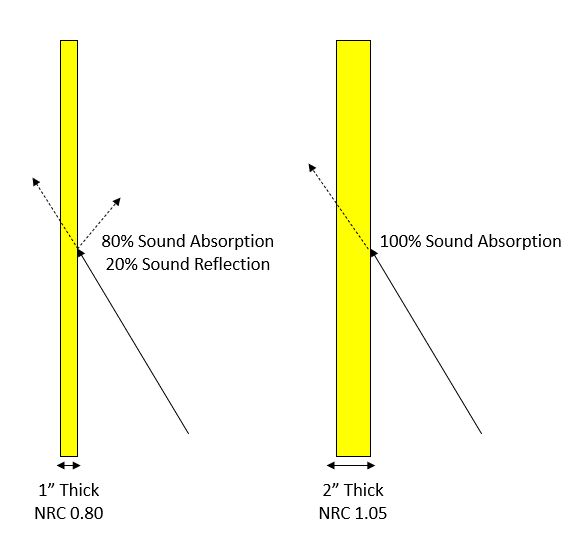
See a few situations below where excess echo can cause problems without acoustic treatment:
- Echo makes it harder to have a conversation with someone in a untreated restaurant or event space, and make it so you can’t understand each other with all of the reverberating sound waves.
- Echo can reduce sound quality in recordings if you don’t have some sort of sound absorbing material in your studio, because the echo will come through on the recording otherwise.
- Echo in an untreated conference room can make meetings that much more unpleasant, especially if you have others joining via phone or video chat.
At the core of an acoustic wall panel is either 1” or 2” thick, 6pcf fiberglass, and on the outside is a layer of acoustically transparent fabric. If you believe your space will require high quality sound absorption, always go with 2” thick panels, because they’re better for absorbing speech frequencies then 1” thick panels.
Sound waves travel through the acoustically transparent fabric, and then are absorbed into the fiberglass as heat energy. Since 2” thick fiberglass has an NRC of 1.00, 100% of sound waves that come into contact with that panel will be absorbed.
How to Hang Acoustic Absorption Panels
Hanging sound panels on walls can be done in multiple ways –
Many people will use impaling clips, which are probably one of the simplest installation methods for sound absorbing panels. Impaling clips have sharp metal teeth that the acoustic panel can be pushed onto, simply drill the impaling clip to the wall (2-4 clips per panel depending on panel size) and then place the panel into the desired position.
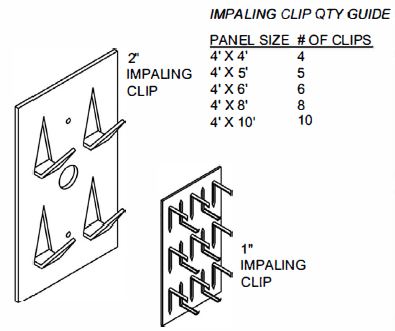
Another method for hanging acoustic panels is using 2-part z-clips. One part is screwed into the wall and the other is secured to the back of the panel and is typically resin hardened into the fiberglass. When hanging the panel, you’ll slide the open part of the Z facing down on the panel onto the open part of the Z facing up on the wall together to secure the panel to the wall.
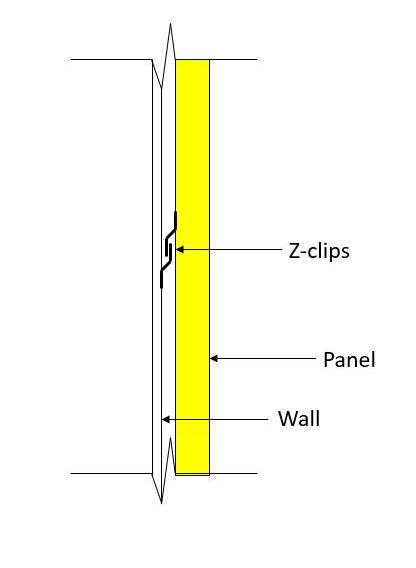
Acoustic panels can also be hung on the ceilings as ceiling clouds, or they can be direct mounted to the ceiling with no gap above. For spaces with severe echo, it’s more effective to mount the panels to the ceilings as clouds, which allows more surface area of the panel to be available for sound absorption.
Where to Put Acoustic Wall Panels
There are a few rules of thumb to follow when it comes to placing acoustic panels:
- Spread them out evenly, do not put them all on the same wall
- Do not leave parallel walls untreated, this will cause standing sound waves between walls
- Hang the panels high enough that they’re out of the way of chairs and people, otherwise they’ll get dirtier quicker and possibly damaged
See More: Where to Place Acoustic Panels
When to Use Acoustic Wall Panels – Summary
So, when should you use acoustic wall panels? Basically, the best time to use acoustic wall panels is when you have a space with too much echo. While this can be more opinion based, many people can agree that there’s too much echo when they’re struggling to hold a conversation because they can’t understand one another. Also, if you record in a recording studio, you can usually tell when echo is coming through on a recording, so you should almost always have acoustic wall panels in a recording studio.

